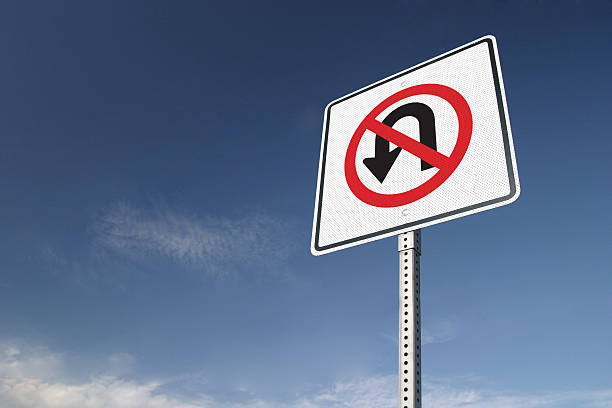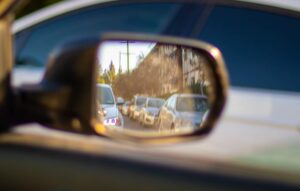Making a U-turn is often a helpful technique used when you realize you missed your turn, or you forgot something at home. However, making a U-turn also poses a risk for all those involved, from the person making the U-turn to other drivers on the road going in either direction. Therefore, it is essential to understand the laws surrounding U-turns and to contact an experienced attorney if you receive a traffic violation for illegal U-turns.
Requirements for a legal U-turn
In Wisconsin, U-turns are only legal when the following conditions are fulfilled: the U-turn can be made safely, the U-turn can be made without interfering with traffic, and there are no signs prohibiting U-turns. Before the law changed in 2010, U-turns were illegal in Wisconsin.
Areas where U-turns are not allowed
According to Wisconsin law in state statute 346.33, there are also several areas where making a U-turn is not allowed because it cannot be performed safely. These areas include any intersection where it is controlled by a traffic officer (unless you are instructed to make a U-turn by the traffic officer), mid-block (meaning not made at an intersection) in a residential or commercial district unless there is a specific opening or crossover for U-turns, any place where there is a sign stating “NO U-TURN”, when there is oncoming traffic within 500 feet of the lane you wish to enter, an area where you cannot see approaching traffic for at least 500 feet, or on railroad tracks.
Fighting your traffic violation
If you receive a traffic violation for an illegal U-turn you performed, there are ways to combat it. Thus, it is important to hire an experienced traffic attorney who can amend your violation to a lesser charge or to a non-moving violation. While you may believe it is just a ticket, points on your driver’s license can pile up quickly and lead to higher insurance premiums and even to your license being suspended.
Accidents involving U-turns
Additionally, illegal, unsafe U-turns can also lead to accidents. When determining liability for the accident, you must consider if the U-turn was performed legally and the actions of the non-turning driver. For example, if the non-turning driver was speeding, distracted, or failed to yield, they could be held responsible for the accident. If you are involved in an accident involving a U-turn, whether you are the turning driver or the non-turning driver, it is crucial to seek advice from an experienced lawyer who can advocate for your situation and needs.




